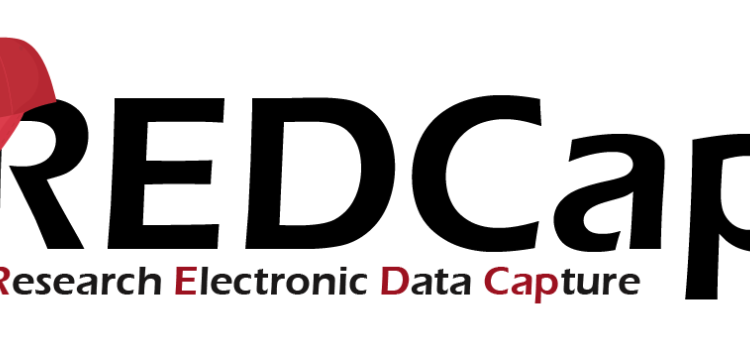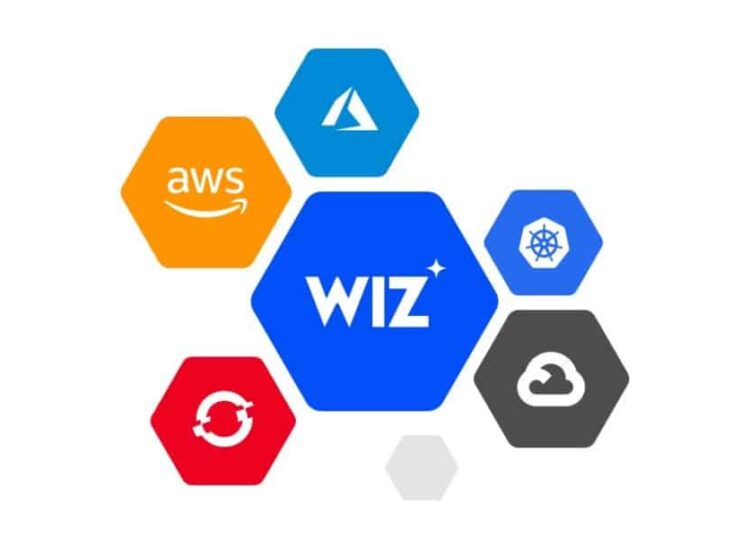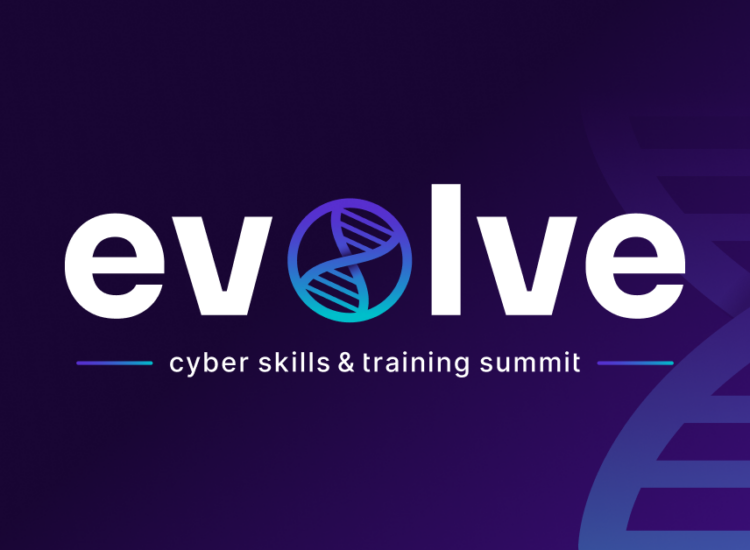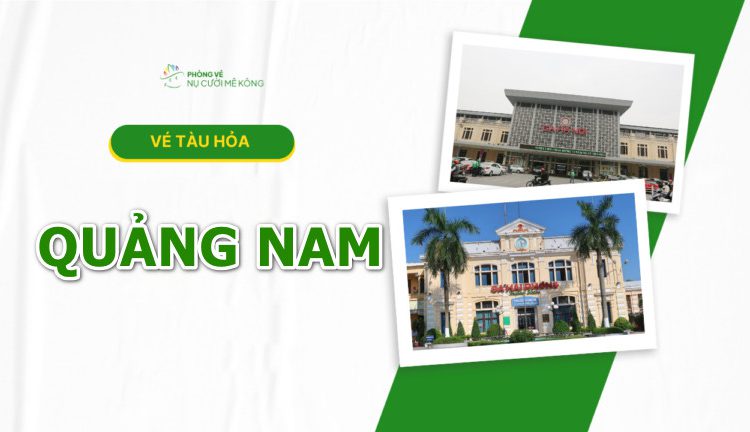In today’s digital age, job seekers have a multitude of platforms to explore when searching for career opportunities. Among these, LinkedIn stands out as a powerful tool that has revolutionized the job search landscape. With over 774 million users worldwide, LinkedIn offers a wealth of resources for professionals at all stages of their careers. In this comprehensive guide, we will explore the importance of LinkedIn in today’s job market, how to optimize your profile, leverage job search features, network effectively, and engage with content to build a strong personal brand.
Toc
Introduction to Linkedin careers
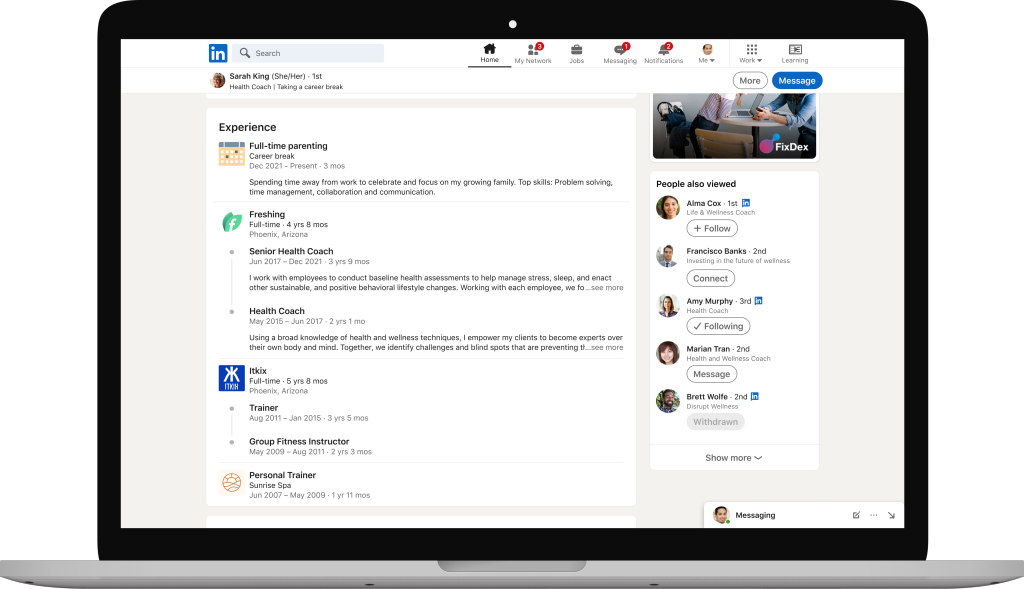
LinkedIn is a professional networking platform that was founded in 2003 and has since become the go-to destination for job seekers, recruiters, and companies. It has evolved from a basic online resume platform to a comprehensive career resource with features such as job search, networking, and content sharing.
In today’s competitive job market, having a presence on LinkedIn is essential for both job seekers and employers. It allows individuals to showcase their skills and experience, connect with potential employers and colleagues, and stay updated on industry news and trends.
Why LinkedIn matters
With over 774 million users worldwide spanning across various industries and job levels, LinkedIn offers an unparalleled opportunity to network with professionals from all over the globe. This extensive reach makes it a valuable tool for job seekers, as it increases their visibility and chances of connecting with potential employers or recruiters.
Moreover, LinkedIn is an effective platform for personal branding. It allows individuals to create a professional online presence, showcase their expertise and accomplishments, and establish themselves as thought leaders in their respective fields.
Optimizing Your Profile
Your LinkedIn profile serves as your digital resume and first impression to potential employers. Therefore, it’s essential to optimize it for maximum impact. Here are some key elements to keep in mind when crafting your profile:
- Profile Picture: Choose a professional-looking headshot that highlights your face and conveys a friendly yet confident demeanor.
- Headline: This is the short phrase that appears below your name on your profile. Use this space to showcase your current or desired job title and industry.
- Summary: This section is like an elevator pitch for yourself. Use it to highlight your unique skills, experiences, and accomplishments.
- Experience: List your work experience in reverse chronological order, including relevant job titles, responsibilities, and achievements.
- Skills & Endorsements: List your top skills and ask colleagues or connections to endorse them. This adds credibility to your profile and offers potential employers a quick overview of your strengths.
The Importance of LinkedIn in Today’s Job Search Landscape
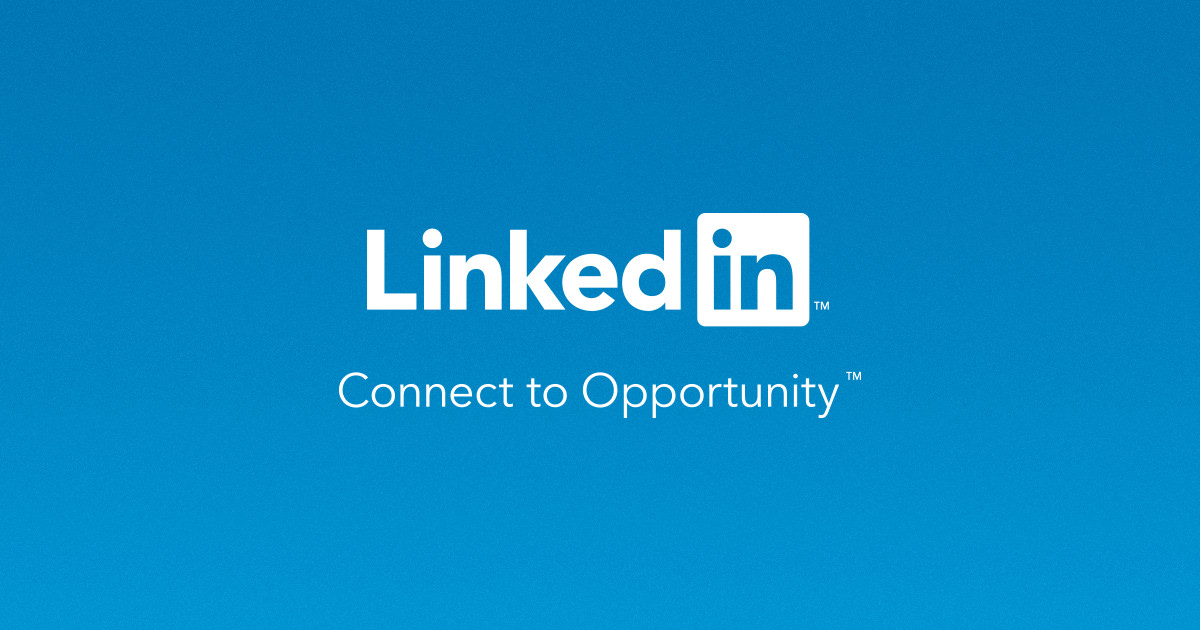
In today’s dynamic job search landscape, LinkedIn plays a pivotal role in bridging the gap between job seekers and employers. The platform’s advanced algorithms and search functionalities allow users to tailor their job search based on specific criteria such as location, industry, and job title. Additionally, LinkedIn frequently updates its job recommendations based on a user’s profile activity, ensuring that the most relevant opportunities are brought to their attention.
Furthermore, LinkedIn’s job search features are not limited to traditional job postings. The platform is also home to a multitude of company pages and career pages that offer insights into a company’s culture, values, and current job openings. By following companies of interest, job seekers can stay informed about new opportunities and company updates, making it easier to identify and apply for positions that align with their career goals.
Leveraging Job Search Features
To maximize the benefits of LinkedIn’s job search capabilities, users should take advantage of several key features:
- Job Alerts: Setting up job alerts ensures that users receive notifications about new job postings that match their criteria. This can be done by specifying keywords, geographic locations, and preferred industries.
- Advanced Search: The advanced search function allows users to filter results based on various parameters, including company size, job function, experience level, and more.
- Easy Apply: Many job listings on LinkedIn include an “Easy Apply” option, which enables users to apply for positions quickly using their LinkedIn profile information. This feature streamlines the application process and increases the likelihood of being noticed by recruiters.
- Company Research: Before applying, users can conduct thorough research on potential employers by exploring company pages, employee profiles, and recent company updates. This helps job seekers tailor their applications and prepare for interviews.
Networking Effectively
Networking is a crucial aspect of the job search process, and LinkedIn is designed to facilitate meaningful professional connections. Users can expand their networks by connecting with former colleagues, industry leaders, and professionals with similar interests. Joining LinkedIn groups related to one’s field or industry can also provide valuable networking opportunities, as well as access to discussions, events, and job postings.
To make the most of LinkedIn networking, consider these strategies:
- Personalized Connection Requests: Instead of sending generic connection requests, take the time to include a personalized note. Mention how you know the person or why you would like to connect, which can help establish a genuine connection.
- Engaging with Content: Actively engaging with posts, articles, and updates from your network can increase your visibility. Commenting on and sharing relevant content demonstrates your expertise and can initiate conversations with potential connections.
- Networking Events: LinkedIn hosts a variety of virtual events, webinars, and workshops. Participating in these events can provide opportunities to connect with like-minded professionals and learn from industry experts.
By fully leveraging LinkedIn’s job search and networking features, job seekers can enhance their job prospects and navigate the competitive job market more effectively.
Leveraging LinkedIn’s Job Search and Recommendations Features
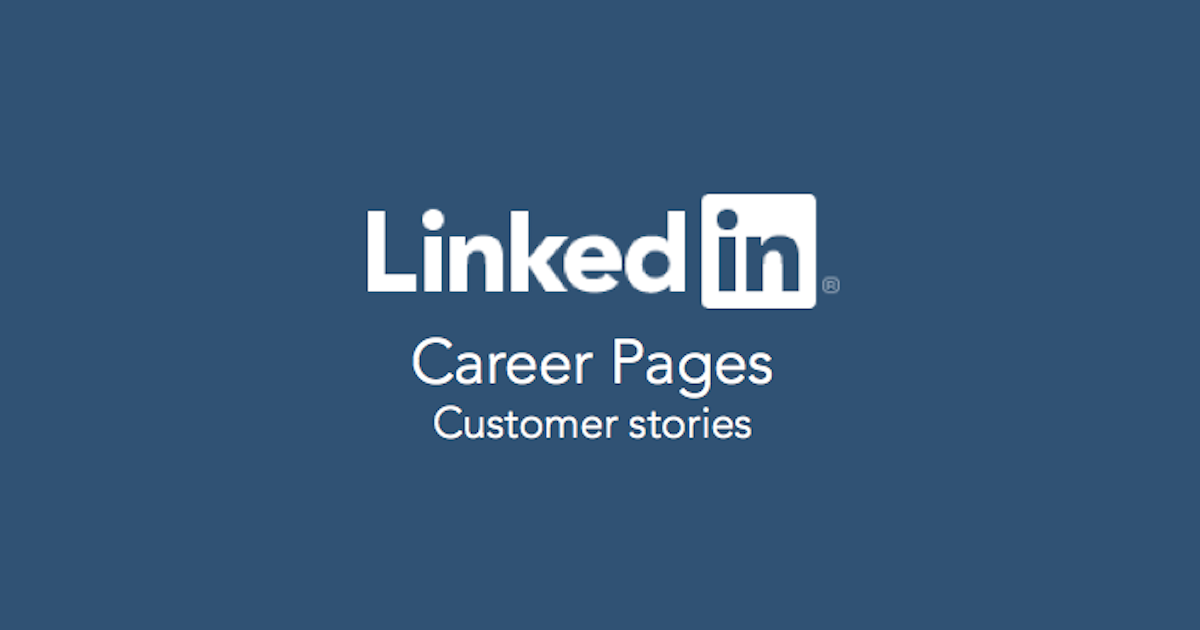
LinkedIn’s job search and recommendations features are essential tools for job seekers aiming to streamline their search process and uncover opportunities that align with their career aspirations. By leveraging these features effectively, users can stay ahead of the competition and maximize their chances of landing their desired roles.
Utilizing LinkedIn’s Recommendations
LinkedIn’s algorithm is designed to curate job recommendations based on a user’s profile, search history, and engagement on the platform. This personalized approach ensures that users receive the most relevant job suggestions. To make the most of these recommendations:
- https://taulua.net/navigating-your-future-choosing-the-right-nursing-college/
- https://taulua.net/unlocking-opportunities-navigating-facebook-jobs/
- https://taulua.net/unlocking-your-nursing-future-online-np-programs-explained/
- https://taulua.net/unraveling-the-wonders-of-immunology-a-basic-guide/
- https://taulua.net/revolutionizing-clinical-research-the-power-of-redcap/
- Regular Profile Updates: Keeping your LinkedIn profile updated with the latest skills, experiences, and accomplishments will help the algorithm generate more accurate job recommendations.
- Engagement: Actively engaging with content related to your field, such as liking, commenting, and sharing posts, can influence the type of job recommendations you receive.
- Following Companies: By following companies of interest, you can stay informed about their latest job openings and updates. This helps the algorithm refine its recommendations to better suit your career preferences.
Enhancing Visibility to Recruiters
LinkedIn offers several features that can enhance a user’s visibility to recruiters, making it easier for them to discover your profile. Some of these features include:
- Open to Work Badge: Enabling the “Open to Work” feature allows you to show recruiters that you are actively seeking new opportunities. This badge can increase your profile’s visibility in recruiter searches.
- LinkedIn Premium: Subscribing to LinkedIn Premium provides access to additional features, such as InMail messaging, the ability to see who has viewed your profile, and more detailed insights on job postings and applications.
- Engagement with Recruiters: Actively connecting with and messaging recruiters within your field can open up new opportunities and help you stand out.
Showcasing Accomplishments
To further boost your profile’s appeal to potential employers, it’s crucial to showcase your accomplishments effectively:
- Project Section: Use the “Projects” section to detail specific projects you’ve worked on, including your role, the skills utilized, and the outcomes.
- Publications and Certifications: Add any relevant publications, certifications, or coursework to demonstrate your expertise and commitment to professional development.
- Recommendations: Request recommendations from colleagues, supervisors, and clients to build credibility and provide testimonials of your work ethic and skills.
By implementing these strategies, job seekers can enhance their LinkedIn profiles, making them more attractive to potential employers and recruiters. Using LinkedIn’s job search and recommendation features effectively can significantly improve your career prospects and help you navigate the job market with confidence.
Networking Strategies on LinkedIn to Expand Career Prospects
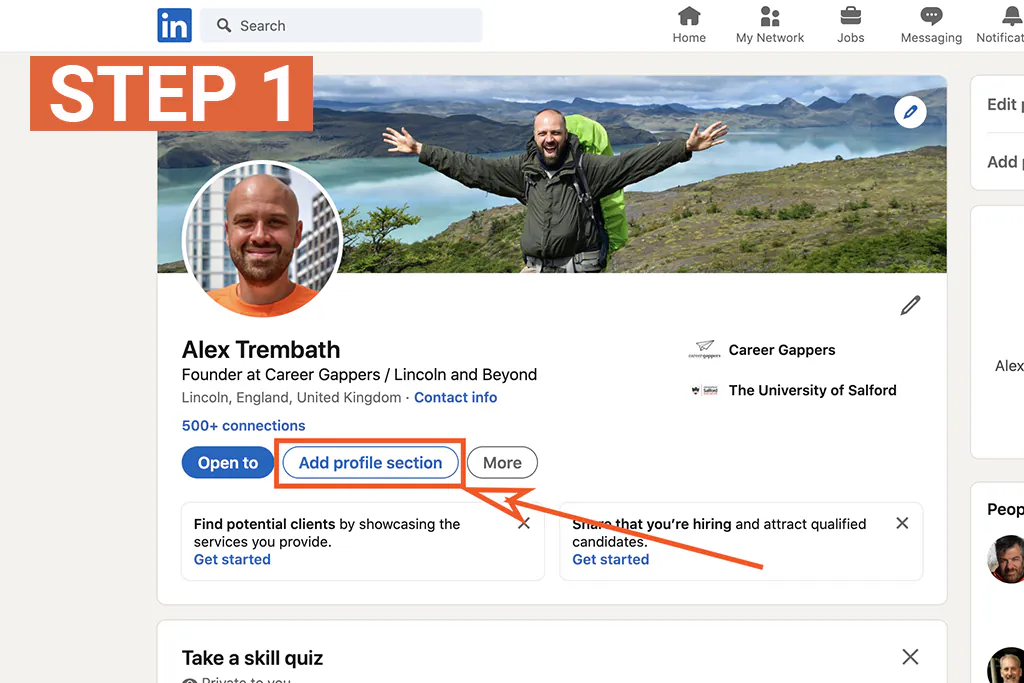
LinkedIn is not just a platform for job searching; it’s a dynamic environment for ongoing professional development and relationship building. To maximize the potential of your LinkedIn network, consider the following advanced networking strategies:
Engaging in Thought Leadership
Positioning yourself as a thought leader in your industry can significantly enhance your network and career prospects. You can achieve this by:
- Publishing Articles: Use LinkedIn’s publishing platform to share in-depth articles on topics relevant to your field. Providing valuable insights and unique perspectives can establish you as an authority.
- Creating Content: Regularly creating and sharing content, such as industry news, insightful commentary, and professional advice, can keep your profile active and engaging to your network.
- Speaking at Events: Participating in or hosting webinars and virtual events can position you as a knowledgeable and influential figure. Sharing recordings of these events on your LinkedIn profile can further solidify your thought leadership.
Participating in Groups
LinkedIn Groups are communities of professionals with shared interests or industries. Being an active member of these groups can open up new networking opportunities. To leverage LinkedIn Groups effectively:
- Join Relevant Groups: Search for and join groups related to your industry, career interests, or professional goals.
- Share Valuable Content: Contribute to group discussions by sharing articles, insights, and answering questions. This can help you establish a presence and expand your network.
- Connect with Members: Use group membership as a conversation starter when sending connection requests to fellow group members.
Volunteer for Professional Organizations
Volunteering your time and skills to professional organizations linked to your industry can be a strategic way to network. Advantages of this approach include:
- Building Relationships: Establishing connections with other volunteers, board members, and event participants can expand your network and lead to potential career opportunities.
- Gaining Visibility: Volunteering often puts you in the spotlight, allowing you to showcase your skills and dedication to a broader audience.
- Enhancing Your Profile: Highlight your volunteer experiences on LinkedIn to exhibit leadership, community involvement, and commitment to professional growth.
Measuring Your Networking Success
It’s essential to periodically assess the effectiveness of your networking efforts on LinkedIn. Key metrics to monitor include:
- Profile Views: An increase in profile views can indicate growing interest from your network and recruiters.
- Connection Growth: Tracking the number and quality of new connections can help you understand the reach and impact of your networking activities.
- Engagement Levels: Monitor likes, comments, and shares on your posts and articles to gauge the resonance of your content within your network.
By continually refining your networking strategies and leveraging LinkedIn’s comprehensive features, you can create a robust professional network that supports your career goals. Effective networking not only enhances your job search but also opens doors to new opportunities, collaborations, and professional growth.
Future Trends in LinkedIn Careers

Enhancing Video Presence
As LinkedIn continues to evolve, integrating video content into your profile and activity can significantly boost engagement and visibility. Here are a few ways to enhance your video presence:
- Profile Video Introduction: Create a short, engaging video introduction to feature on your profile. Use this opportunity to introduce yourself, highlight your career journey, and outline your professional goals.
- Video Posts: Regularly share video content on your feed, discussing industry trends, sharing professional insights, or providing behind-the-scenes looks at your projects.
- Video Testimonials: Request video testimonials from colleagues, supervisors, or clients. These testimonials can provide a personal touch and reinforce your professional credibility.
- Live Streaming: Utilize LinkedIn Live to host Q&A sessions, webinars, or panel discussions. Live streaming can create real-time engagement and position you as a leader in your field.
Leveraging Artificial Intelligence
Artificial intelligence (AI) is becoming increasingly prevalent across various industries, and LinkedIn is no exception. By leveraging AI tools and features, you can enhance your profile and job search experience:
- AI Resume Builders: Use AI-driven resume builders to create optimized, keyword-rich resumes that align with job postings and recruiter searches.
- Personalized Job Recommendations: Leverage LinkedIn’s AI-powered job recommendation engine to explore opportunities that match your skills, experience, and career aspirations.
- Engagement Insights: Utilize AI-driven insights to understand how your posts and content are performing. These insights can guide your content strategy and improve engagement.
Embracing Remote Work Trends
The rise of remote work has transformed the job market, and LinkedIn offers various tools and features to navigate this new landscape:
- Remote Job Filters: Use LinkedIn’s job search filters to specifically look for remote positions, ensuring that you find opportunities that align with your preference for flexible work arrangements.
- Virtual Networking: Engage in virtual networking events and webinars hosted on LinkedIn, allowing you to build connections regardless of geographical barriers.
- Remote Work Skills: Highlight skills and experience relevant to remote work, such as proficiency with collaboration tools, time management, and self-motivation, to enhance your profile visibility to employers seeking remote employees.
By staying ahead of these trends and continuously adapting your LinkedIn profile and strategy, you can position yourself for success in an ever-changing job market.
Conclusion
In conclusion, LinkedIn is an invaluable tool for building and maintaining a professional network. By leveraging its extensive features and staying updated with the latest trends and enhancements, you can make meaningful connections and advance your career. Be proactive in engaging with your network, continuously refine your profile, and take advantage of the resources available to maximize your professional growth.



